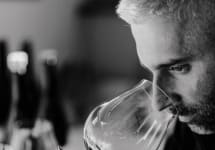Vietti Barolo Castiglione 2006
-
Robert
Parker -
Wine
Spectator -
Wine &
Spirits
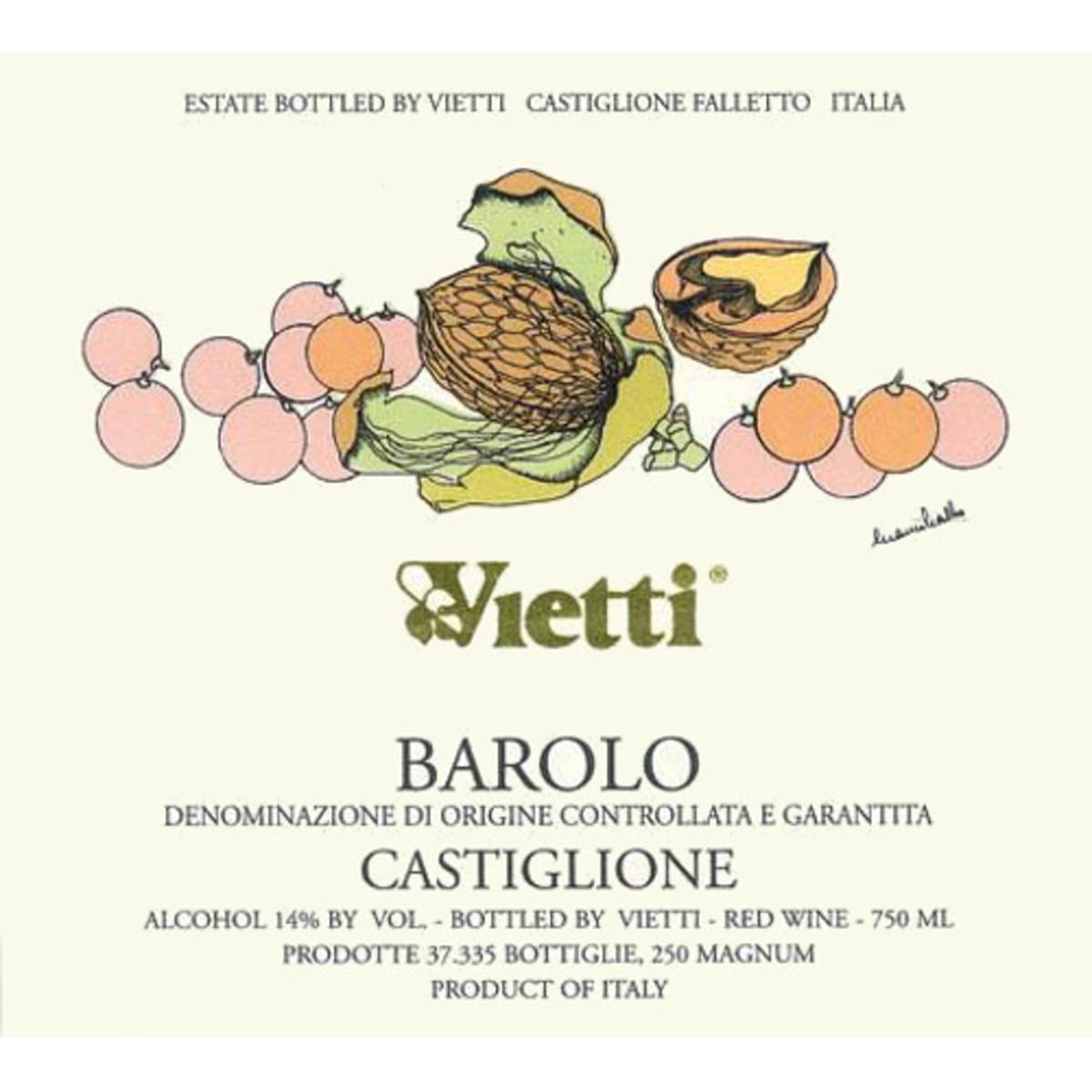

Product Details
Your Rating
Somm Note
Winemaker Notes
Professional Ratings
-
Robert Parker's Wine Advocate
The 2006 Barolo Castiglione is frighteningly outstanding, considering it is Vietti's entry-level Barolo! There is incredible density and power in the glass as waves of fruit caress the palate with tons of richness. Sweet menthol, flowers and spices add complexity to the long, stupendous finish. In 2006 the Barolo Castiglione is a blend of fruit from Bricco Fiasco (except for the lower part of that plot), Ravera, Fossati and Bricco Ravera. All of the estate's Barolo-designated vineyards that weren't bottled separately were used for that vintage's Perbacco, a selection process I wrote about extensively in my recent profile on Vietti on www.erobertparker.com. The Barolo Castiglione is usually approachable pretty much upon release, but in 2006 the wine has so much fatness it will probably benefit from a few years in bottle. Barolo is never inexpensive, but the Castiglione is as good a wine as readers will find for the money. Anticipated maturity: 2012-2026. 92+ points.
-
Wine Spectator
A rich, round version, showing black cherry and plum notes up front, backed by dense tannins. Bright and linear in profile, with briar and eucalyptus accents playing out on the finish. Best from 2014 through 2033.
-
Wine & Spirits
Blended from estate-grown fruit, this wine is aged in cask for 24 months, its texture lighter than many contemporary Barolos aged in barrique. Already expressive, with scents of fresh porcini and aniseed that last, this is easy to enjoy as a bright, simple Barolo. There's some added dimension to the finish-a touch o mystery that suggests aging the wine for a year or two. for pasta Bolognese.
Other Vintages
2020-
James
Suckling -
Robert
Parker
-
Robert
Parker -
James
Suckling - Vinous
-
Jeb
Dunnuck -
Wine
Spectator -
Wine
Enthusiast
-
Robert
Parker -
Wilfred
Wong -
James
Suckling -
Wine
Spectator
-
James
Suckling -
Robert
Parker -
Wine &
Spirits -
Jeb
Dunnuck -
Wilfred
Wong -
Wine
Spectator
-
James
Suckling -
Jeb
Dunnuck -
Robert
Parker -
Wilfred
Wong - Decanter
-
Wine
Spectator
-
James
Suckling -
Robert
Parker -
Wine
Spectator -
Wine
Enthusiast
-
Wine
Spectator -
Robert
Parker -
James
Suckling
-
Robert
Parker -
James
Suckling
-
James
Suckling -
Wine &
Spirits -
Robert
Parker -
Wine
Spectator
-
Wine
Enthusiast -
James
Suckling
-
Robert
Parker -
James
Suckling -
Wine
Spectator
-
Robert
Parker
-
Robert
Parker -
Wine
Enthusiast -
Wine
Spectator
-
Robert
Parker -
Wine
Spectator
-
Wine
Spectator
-
Wine
Spectator -
Robert
Parker
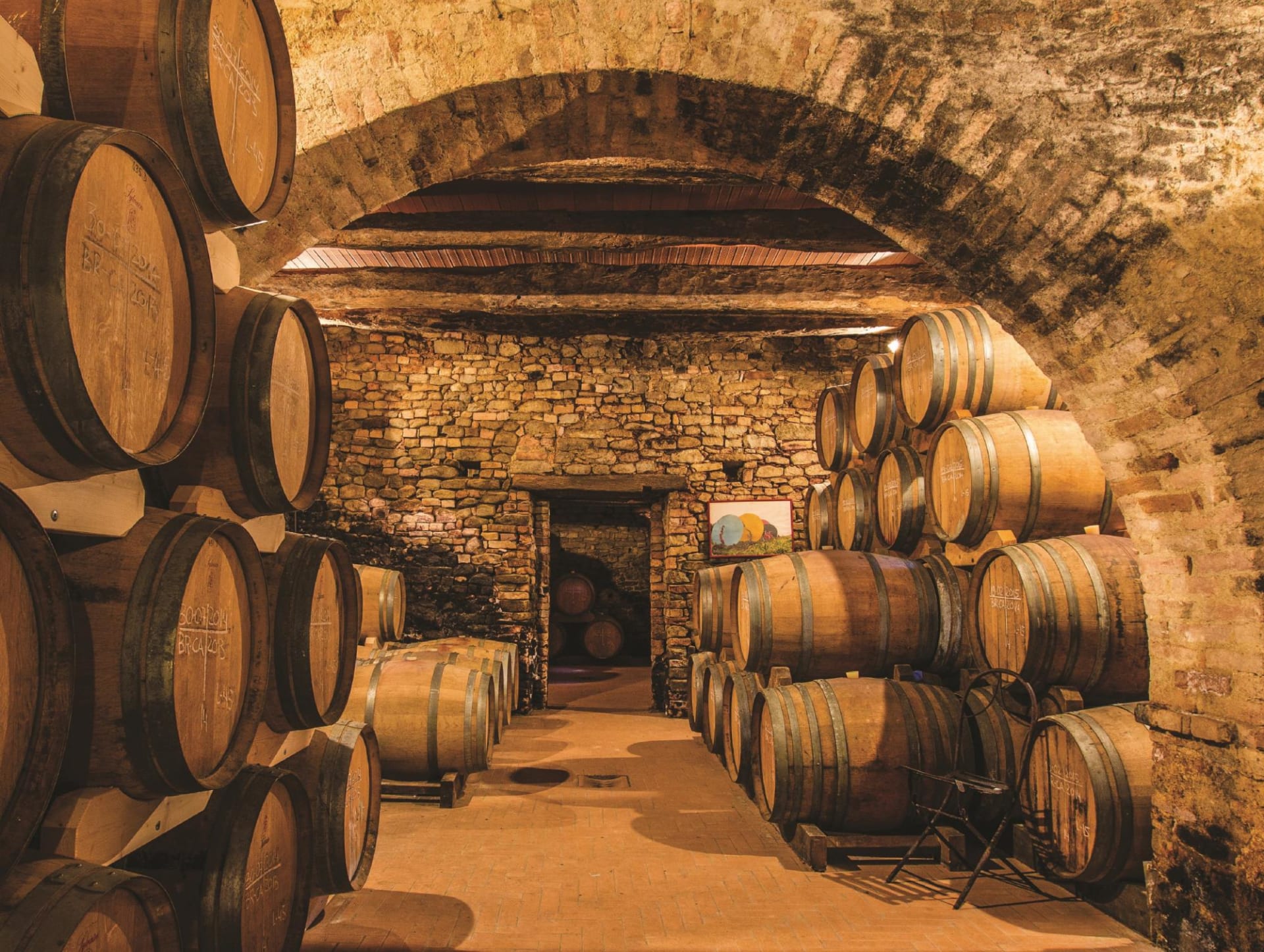
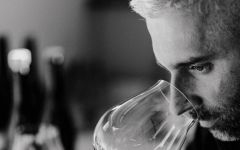

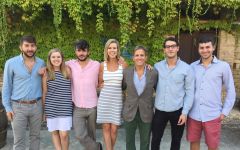
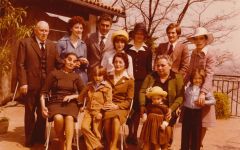
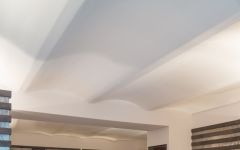
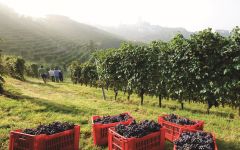
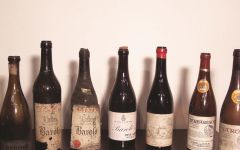
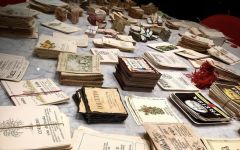
Located in the heart of the Langhe hills, at the top of the village of Castiglione Falletto, the Vietti wine cellar was founded in the late 1800's by Carlo Vietti. The estate has gradually grown over the course of time, and today the vineyards include some of the most highly prized terroirs within the Barolo and Barbaresco winegrowing areaS.
Although they have been making wine for four generations, the turning point came in the 1960's when Luciana Vietti married winemaker and art connoisseur Alfredo Currado, whose intuitions - from the production of one of the first Barolo crus (Rocche di Castiglione - 1961), through the single-varietal vinification of Arneis (1967) to the invention of Artist Labels (1974) - made him both symbol and architect of some of the most significant revolutions of the time.
Alfredo’s intellectual, professional, and prospective legacy was taken up by Luca Currado Vietti (Luciana and Alfredo’s son) and his wife Elena, who contributed greatly to the success of the Vietti brand before their departure in 2023. In 2016 the historic winery was acquired by Krause family. Over the last seven year, they have added a number of prized crus to the estate’s holdings. In 2022 the winery was named Winery of the Year by Antonio Galloni of Vinous.
Vietti is universally recognized today as being one of the very finest Italian wine labels - by continuing along the path of the pursuit of quality, considered experimentation and working for expansion and consolidation internationally.

Responsible for some of the most elegant and age-worthy wines in the world, Nebbiolo, named for the ubiquitous autumnal fog (called nebbia in Italian), is the star variety of northern Italy’s Piedmont region. Grown throughout the area, as well as in the neighboring Valle d’Aosta and Valtellina, it reaches its highest potential in the Piedmontese villages of Barolo, Barbaresco and Roero. Outside of Italy, growers are still very much in the experimentation stage but some success has been achieved in parts of California. Somm Secret—If you’re new to Nebbiolo, start with a charming, wallet-friendly, early-drinking Langhe Nebbiolo or Nebbiolo d'Alba.

The center of the production of the world’s most exclusive and age-worthy red wines made from Nebbiolo, the Barolo wine region includes five core townships: La Morra, Monforte d’Alba, Serralunga d’Alba, Castiglione Falletto and the Barolo village itself, as well as a few outlying villages. The landscape of Barolo, characterized by prominent and castle-topped hills, is full of history and romance centered on the Nebbiolo grape. Its wines, with the signature “tar and roses” aromas, have a deceptively light garnet color but full presence on the palate and plenty of tannins and acidity. In a well-made Barolo wine, one can expect to find complexity and good evolution with notes of, for example, strawberry, cherry, plum, leather, truffle, anise, fresh and dried herbs, tobacco and violets.
There are two predominant soil types here, which distinguish Barolo from the lesser surrounding areas. Compact and fertile Tortonian sandy marls define the vineyards farthest west and at higher elevations. Typically the Barolo wines coming from this side, from La Morra and Barolo, can be approachable relatively early on in their evolution and represent the “feminine” side of Barolo, often closer in style to Barbaresco with elegant perfume and fresh fruit.
On the eastern side of the Barolo wine region, Helvetian soils of compressed sandstone and chalks are less fertile, producing wines with intense body, power and structured tannins. This more “masculine” style comes from Monforte d’Alba and Serralunga d’Alba. The township of Castiglione Falletto covers a spine with both soil types.
The best Barolo wines need 10-15 years before they are ready to drink, and can further age for several decades.
